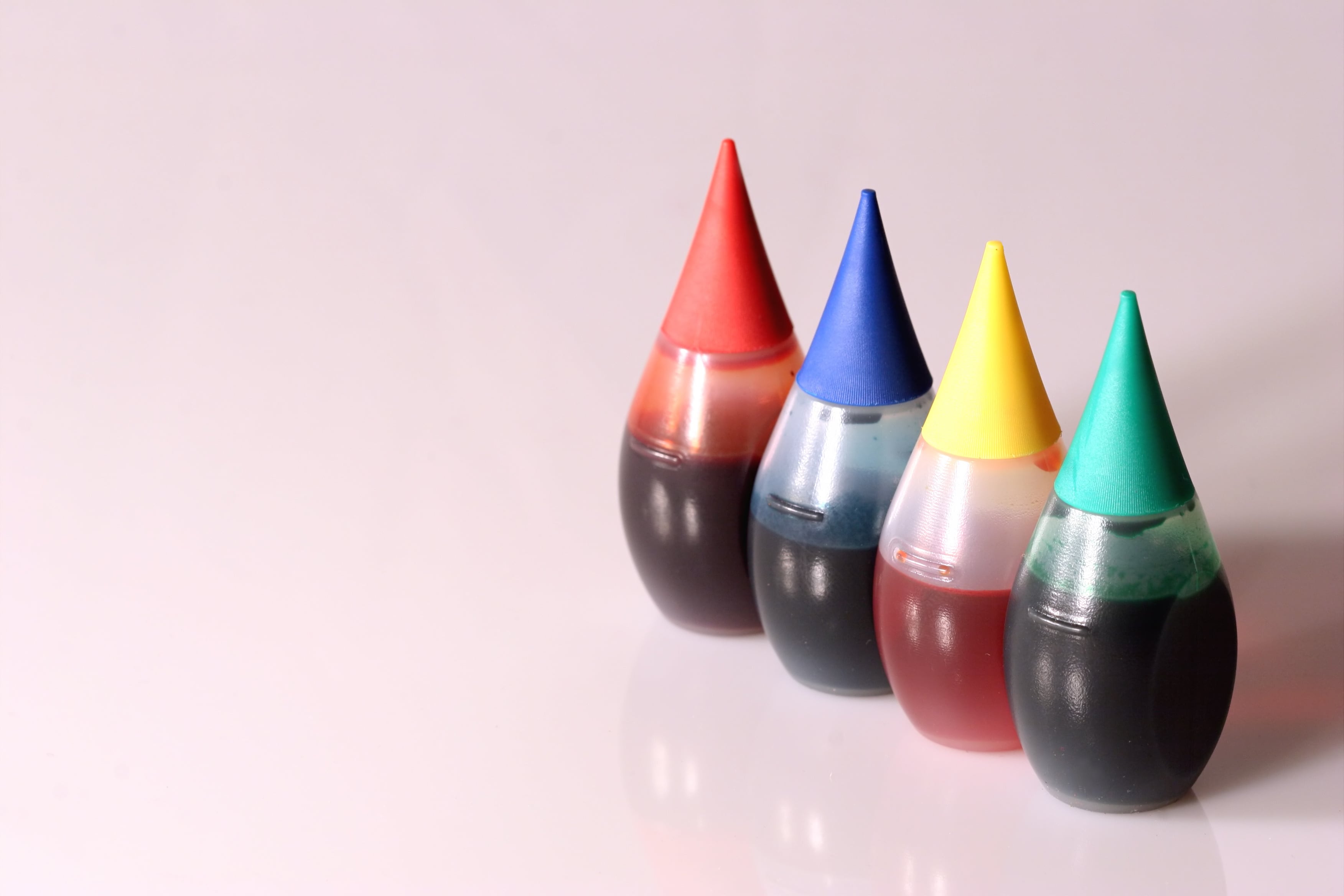From rising tariffs to restrictive ingredient bans and the growing demand for nutrient-dense foods driven by GLP-1 drugs, CPG brands are facing a volatile mix of global, health and regulatory pressures that are reshaping the industry.
For example, CPG tea brands are bracing for the impact of new tariffs on international trade — a development that echoes the commodity’s historically fraught role in trade wars and nation-building.
In 2023, the US imported roughly $520 million in tea, making it one of the largest importers of the commodity, according to Statista data.
Total tea sales in the US reached approximately $13.6 billion in 2022, per Statista, with analysts expecting the market to grow as health and wellness trends continue shaping consumer preferences.
China, Japan, India, Argentina and Sri Lanka tea production serves as a significant source of the commodity for the US – and these tea-producing countries potentially will be subjected up to 88% in reciprocal tariffs depending on the country.
While some brands may have flexibility now from building out a robust inventory of their products, if tariffs go into effect July 9 pending trade negotiations, industry stakeholders say that a tariff-induced slowdown will prevent US consumers from accessing healthy beverages
Read the full article: Tea and tariffs: Trade war places popular beverage in the crosshairs
GLP-1s are prompting consumers to seek out more nutrient-dense foods
The growing popularity of weight-loss medications is driving a noticeable drop in calorie consumption, pushing brands to reformulate products with fewer ingredients and more nutrients — or risk falling behind.
While Americans on GLP-1 drugs are estimated to cut their calories by up to 20%, according to one expert, nutrient fortification, such as fiber and protein, will also shape consumers’ shopping preferences.
The shift towards nutrient dense foods could also lead to fewer ultra-processed foods, prompting brands to reevaluate their products to include more nutritious foods to avoid losing sales.
Roughly 12% of US adults report using GLP-1 medication, according to a 2024 survey from KFF (formerly Kaiser Family Foundation).
Watch the full story: The GLP-1 effect: Consumers demand fewer calories, cleaner labels & more function
How can brands navigate state-by-state food additive bans?
With the FDA informally signaling a phase-out of artificial dyes like Red 40, Yellow 5 and 6, Blue 1 and 2, and Green 3 by 2026, food companies face a moving target. Despite the uncertainty, experts urge early investment in reformulation and compliance strategies.
California set the precedent for food additive legislation at the state level with its removal of brominated vegetable oil, potassium bromate, propyl paraben and Red Dye No.3, a decision that is traditionally left with the FDA.
California’s decision to pass a second legislation banning certain dyes from schools a year later sparked additional states – more than 20 – to pass their own legislations on various additives.
During the Biden administration, states were discouraged to implement state bans and await FDA’s science- and data-backed reviews to avoid tangled legislations. Contrastingly, the Trump administration views state-by-state food legislation as an efficient way to remove certain ingredients from the food supply.
While California’s deadline for compliance is set for January 2027, some states, including West Virginia, mandated a deadline for later this year.
Expert suggest that companies should act now to ensure compliance and to lock in alternative ingredients.
Read the full story: Where is the line for ingredient bans and when should companies comply vs pushback?



